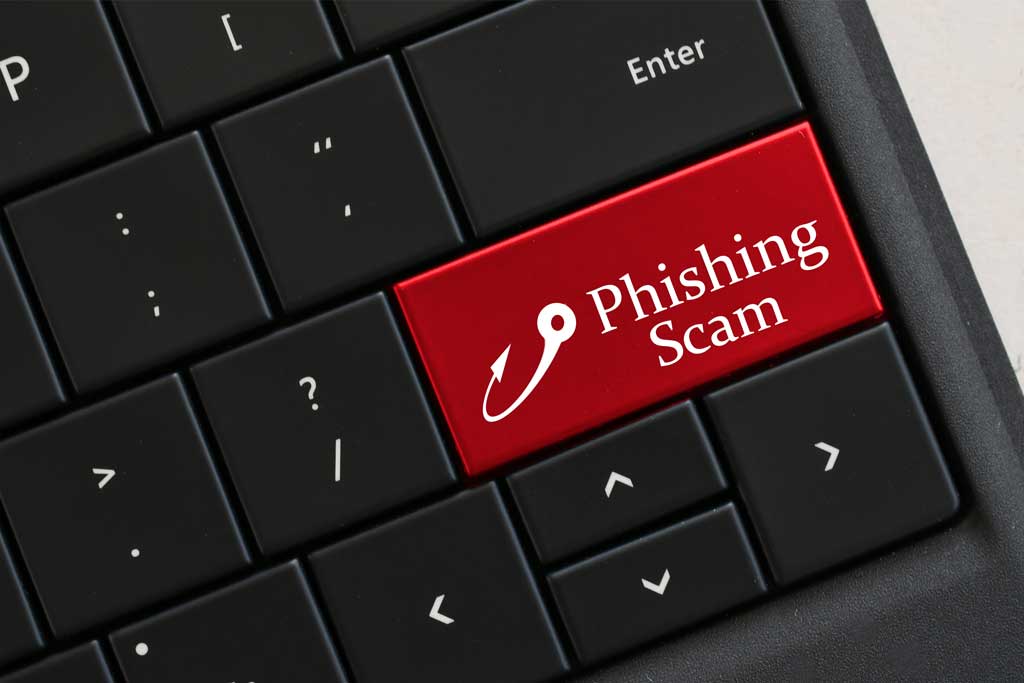It seems like every other day there’s a new cybersecurity threat to worry about. And while ransomware and data breaches often make the headlines, one of the most common – and insidious – threats is phishing. Phishing emails are designed to look like they’re from a trusted source, but instead of containing helpful information, they try to steal your personal data or install malware on your computer. In this blog post, we’ll take a closer look at what phishing is, how it works, and some tips for avoiding these dangerous scams.
So, what is phishing? In general, phishing is any attempt to trick you into giving up personal information or infecting your computer with malware. These attacks can come in many forms, but the most common type of phishing email tries to impersonate a trusted organization or individual. For example, you might get an email that looks like it’s from your bank, asking you to click a link and confirm your account information. Or you might get an email purporting to be from the IRS, telling you that you’re owed a refund and directing you to a malicious website. Phishing emails often try to create a sense of urgency by including warnings or threats – such as saying that your account will be suspended unless you take action immediately.
Of course, not all phishing emails are created equal. Some are much more sophisticated than others and can be very difficult to spot. That’s why it’s important to be aware of the signs of a phishing email, so you know what to look out for:
– The sender’s address doesn’t match the organization they’re claiming to be from. For example, an email from your bank might come from [chasse.com], not [chase.com]
– The email contains grammar or spelling errors.
– You weren’t expecting the email – especially if it asks you to take action or provides a sense of urgency.
– The email includes attachments or links that you weren’t expecting.
If you think you might have received a phishing email, the best thing to do is delete it immediately. Don’t open any attachments or click any links – even if they look harmless. And if you’re not sure whether an email is legitimate, contact the organization directly to confirm.
Phishing emails are becoming increasingly common, so it’s important to be vigilant about avoiding them. By following the tips in this blog post, you can help protect yourself and your data from these dangerous scams. If your organization is receiving a lot of phishing emails, or if you’re not sure how to spot them, consider working with a cybersecurity expert to help you improve your defenses or conduct security awareness training for your employees. With the right tools and training, you can help keep your organization safe from phishing attacks.
What are some of the other signs of a phishing email?
– The email uses generic greetings like “Dear Customer” instead of addressing you by name.
– The message is full of strange or unnatural language.
– The email contains threatening or otherwise alarming language.
– You’re not sure why the sender is contacting you.
If you receive an email that meets any of these criteria, it’s probably a phishing attempt and you should delete it immediately. Don’t take any action – such as clicking a link or opening an attachment – without first verifying that the email
What are some other tips you have for avoiding phishing emails? Have you ever received a phishing email? Share your thoughts in the comments below!



